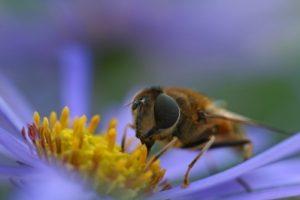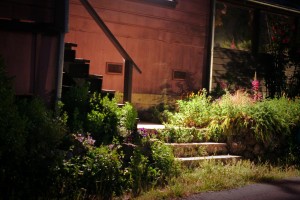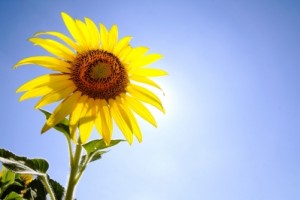 Are you looking to add a bit of privacy to your backyard this Fall? Are you wanting to add color to your landscape design? Ornamental grasses are grass-like plants that come in a variety of colors and sizes. So whether you’re looking to spice up your lawn or create your own utopia, we’re sure you’ll find a plant that’s perfect for your creative vision. Check out these common ornamental grasses we’ve put together for you!
Are you looking to add a bit of privacy to your backyard this Fall? Are you wanting to add color to your landscape design? Ornamental grasses are grass-like plants that come in a variety of colors and sizes. So whether you’re looking to spice up your lawn or create your own utopia, we’re sure you’ll find a plant that’s perfect for your creative vision. Check out these common ornamental grasses we’ve put together for you!
Flame Grass
This grass is known for its flaming red color and ability to grow up to five feet tall. If color is in your landscape vision, this grass is for you.
Blue Oat Grass
This grass is known for being durable and manageable. It can easily grow up to three feet tall.
Giant Feather Grass
This grass forms a large, loose clump of grayish-green foliage and can grow to be four feet tall.
Moor Grass
This grass slow to get established, but its compact foliage makes it a perfect ground cover plant for wet, acidic soil.
Palm Sedge
The tips of the light green foliage branch to resemble tiny Palm trees and this plant can grow to be up to three feet tall.
Pampas Plant
This grass is a fast growing plant due to its size and durability as well as its large plumes of showy white to pink flowers.
For more information about Whispering Springs Nursery, visit our website or give us a call at 770-893-1254.
Have you been by the nursery lately? Share your experience with us in our review section on Facebook today. We want to hear from you!



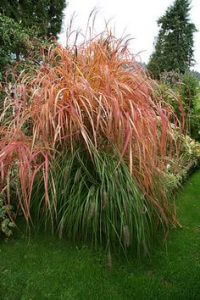
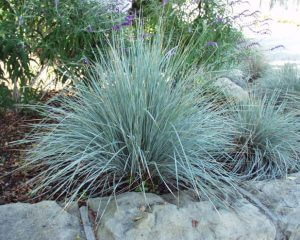
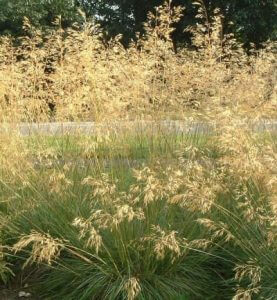
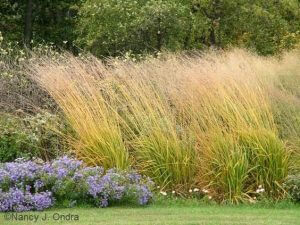
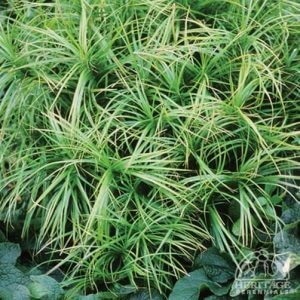

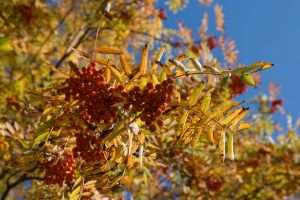 Summer’s in full swing, but soon, the leaves will begin to change colors and the kiddos will be heading back to school. Fall doesn’t mean no more gardening, just different gardening. Not sure what to plant? Check out a few of
Summer’s in full swing, but soon, the leaves will begin to change colors and the kiddos will be heading back to school. Fall doesn’t mean no more gardening, just different gardening. Not sure what to plant? Check out a few of 
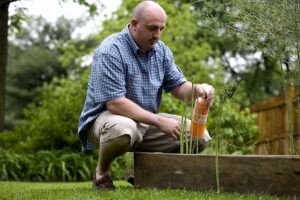
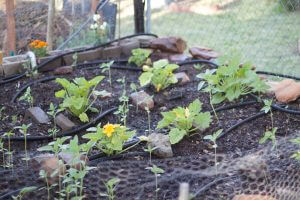 Water
Water